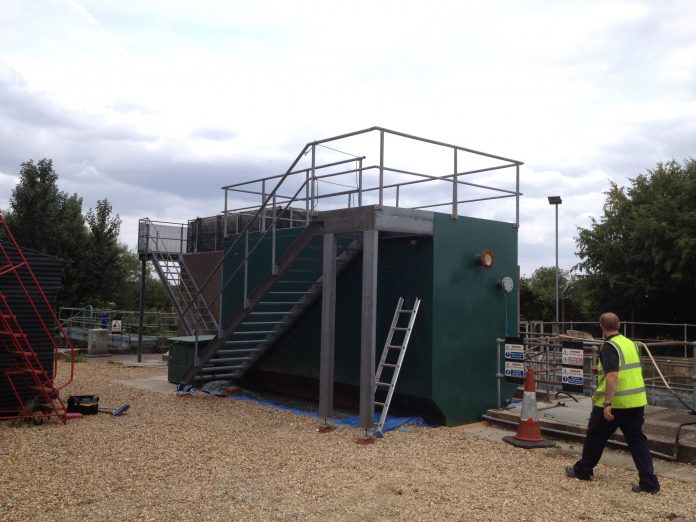
A newly patented submerged aerated filtration (SAF) configuration for wastewater treatment, developed by UK-company WPL, can cut energy use by 40 percent and be retrofitted into full-scale sewage works. WPL has undertaken an enhancement of its SAF process, with emphasis on changing the media to ensure a slow circulation in the tank.
“In the UK, the water industry takes up to three percent of total energy used nationally and over 50 percent of that consumption is attributed to wastewater treatment,” Andrew Baird, Technical Director at WPL, told The Source. “Water utilities have been targeted by the Government to significantly reduce power consumption and corresponding greenhouse gas emissions. Improving the energy efficiency of wastewater treatment can significantly cut costs for utilities and industrial processors and has an important environmental benefit.”
By altering the specific gravity, using a higher surface area biomedia and undertaking a hydraulic redesign of the submerged aerated filtration, WPL engineers have ensured that the media now moves slowly, removing the need for scouring. This also enables a reduction in process air as oxygen transfer is improved.
“The key to the new process design is ensuring that the media moves slowly around the tank without the need for energy,” added Baird. “When the media becomes coated with biomass it is naturally heavier so falls to the bottom of the tank where the process air from the diffusers clean off the biomass making the media float. The circulation within the tank prevents sludge build-up both in the tank and on the media. This significantly reduces design parameters and directly reduces energy use,”
This latest research and development initiative is part of a drive to look for ways to improve energy use, which could make it possible for WPL to halve the overall amount of energy used by its plants and bring through-life costs in line with those for rotating biological contactors.
“Over the last three years the company has been looking at the way the media works inside the tank and the way this can be made more efficient,” said Baird. “Implementing this latest research has enabled us to cut the energy taken to run our plants by between 35 and 40 percent, which is a huge benefit for our customers.”







